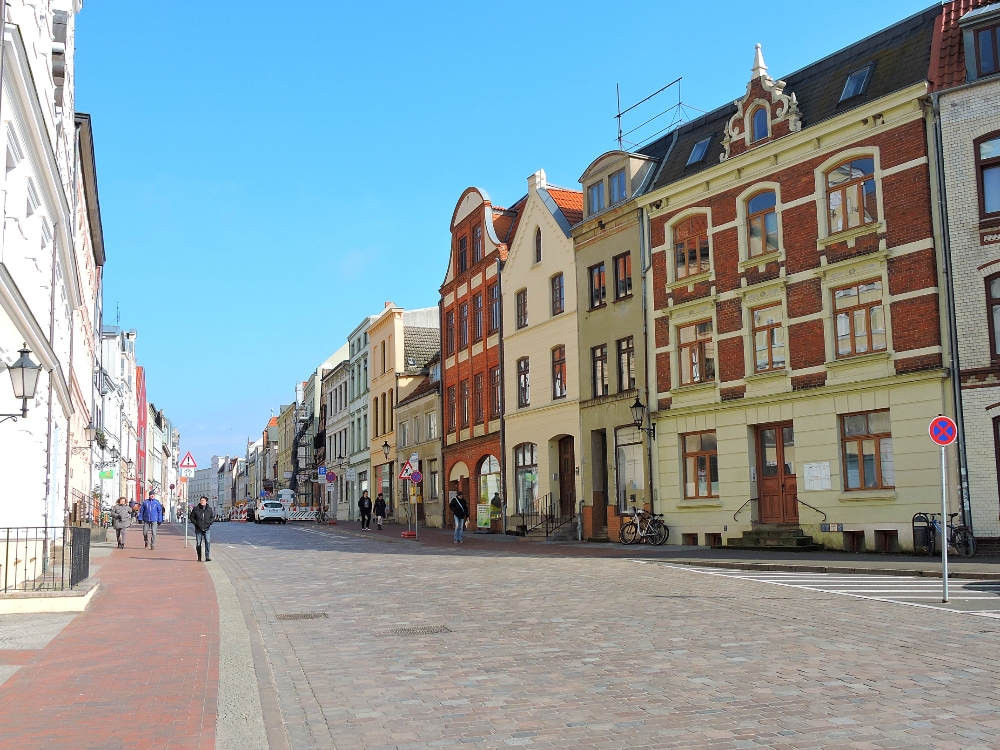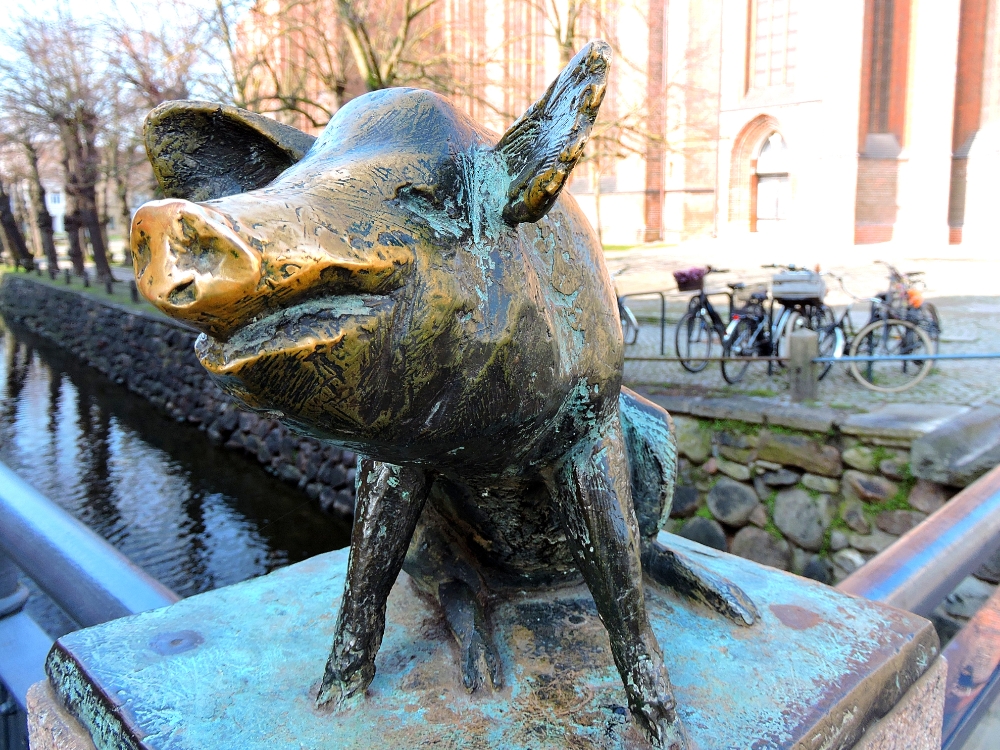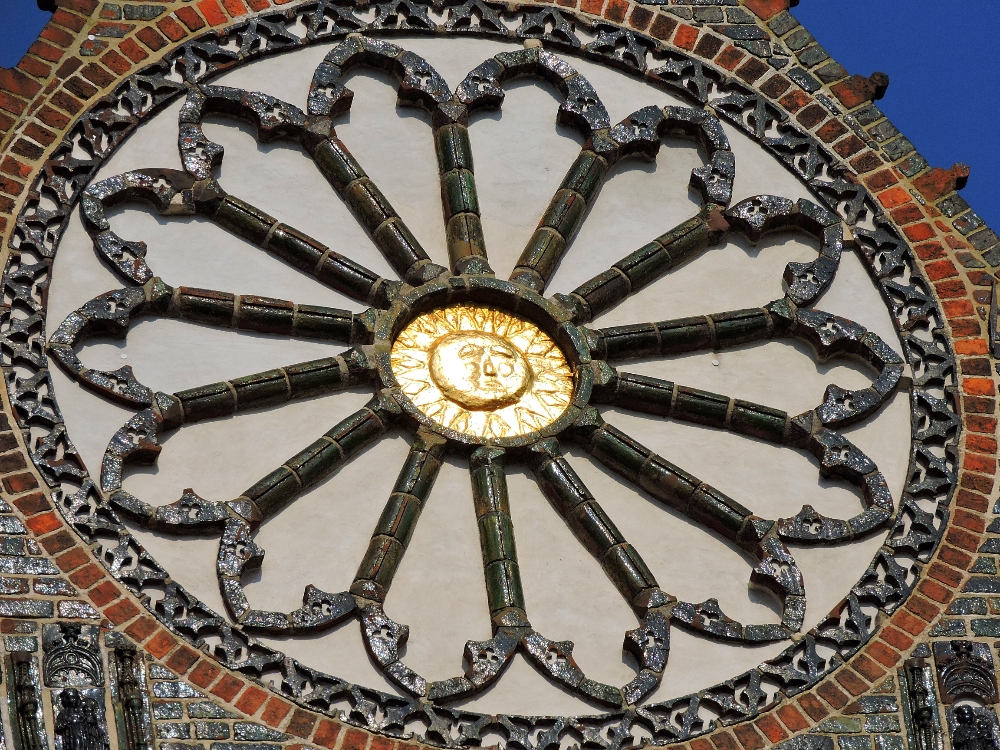Next up from my planned list of wintertime World Heritage Site visits were three locations on the northern coasts of Germany that have been listed for the roll they played in the important trade routes of the Baltic region, from medieval through modern times. The notable parts of these Sites that can be visited today include examples of buildings employing the Brick Gothic
style of architecture that was a distinctive feature of this region during its heyday as a center of trade, as well as a few more modern buildings that utilized somewhat similar design principles. This was fortunate for me, since I was still under the influence of some variety of unwelcome virus and I was able to see these Sites mainly by walking around outside where I could keep clear of crowds, for the most part.
The first of the three I saw was the Speicherstadt and Kontorhaus districts in Hamburg. Originally, I only planned on spending a single afternoon in that city, but with the forced revisions of my upcoming route I was in the process of making I took the opportunity to stay there for a longer recovery break, and so I was able to make a more leisurely visit to this Site. The main portion of the Site is the Speicherstadt zone, or the old warehouse district,
which is actually a relatively recent construction, having existed since the late nineteenth century. In that era, warehouses were still a common feature of most ports, but few physical examples of that aspect of trade remain today. Many of these buildings were substantially damaged in the 1940s, but those have mostly been reconstructed to their original designs. Many have also been repurposed today, though some are still involved with trade, with Iranian Carpets being a common item imported there. The zone was built with five-to-six-storey brick buildings abutting the narrow canals running between them. Imports, such as coffee, chocolate, cotton, and spices could easily been brought to the warehouses with barges and the products would then be lifted to various floors for storage using integrated winches and baskets.
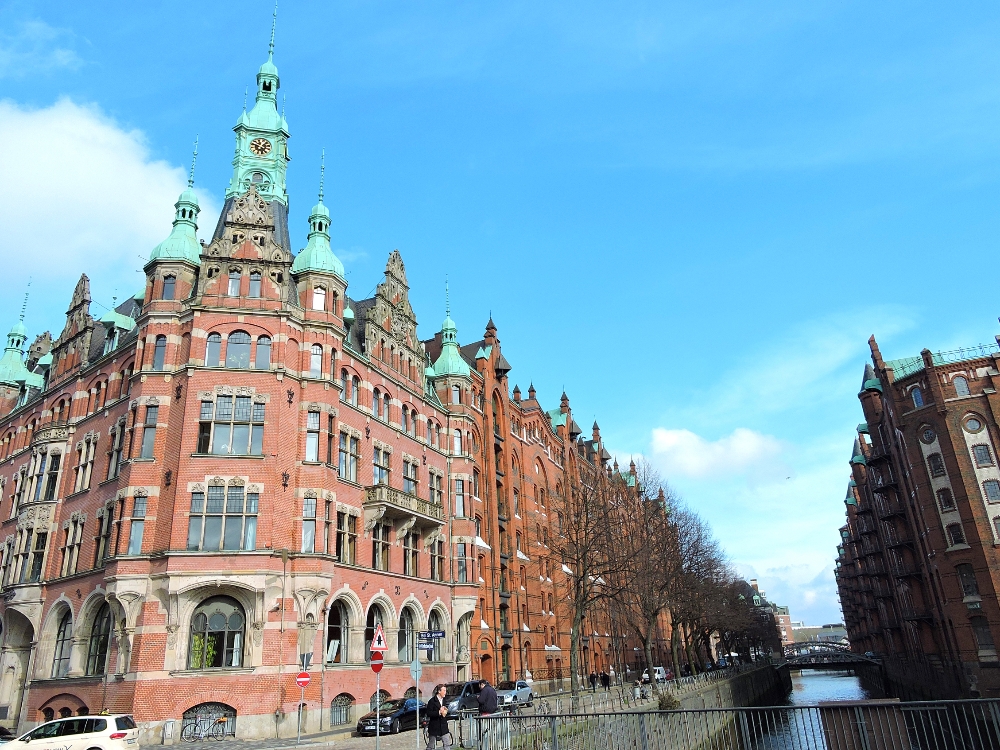
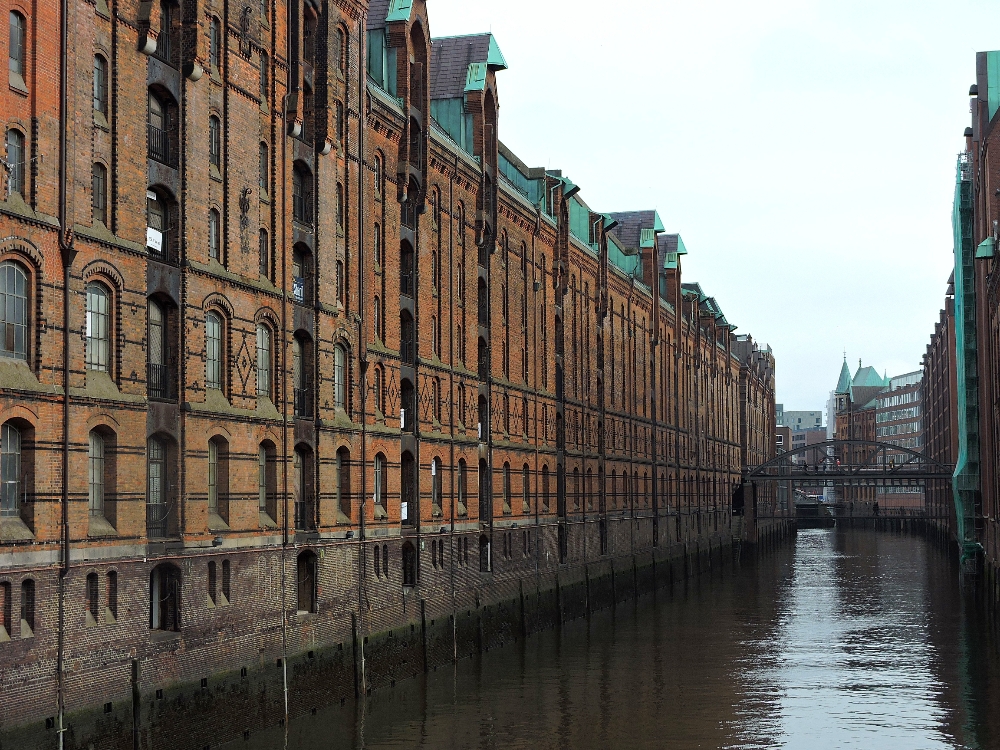
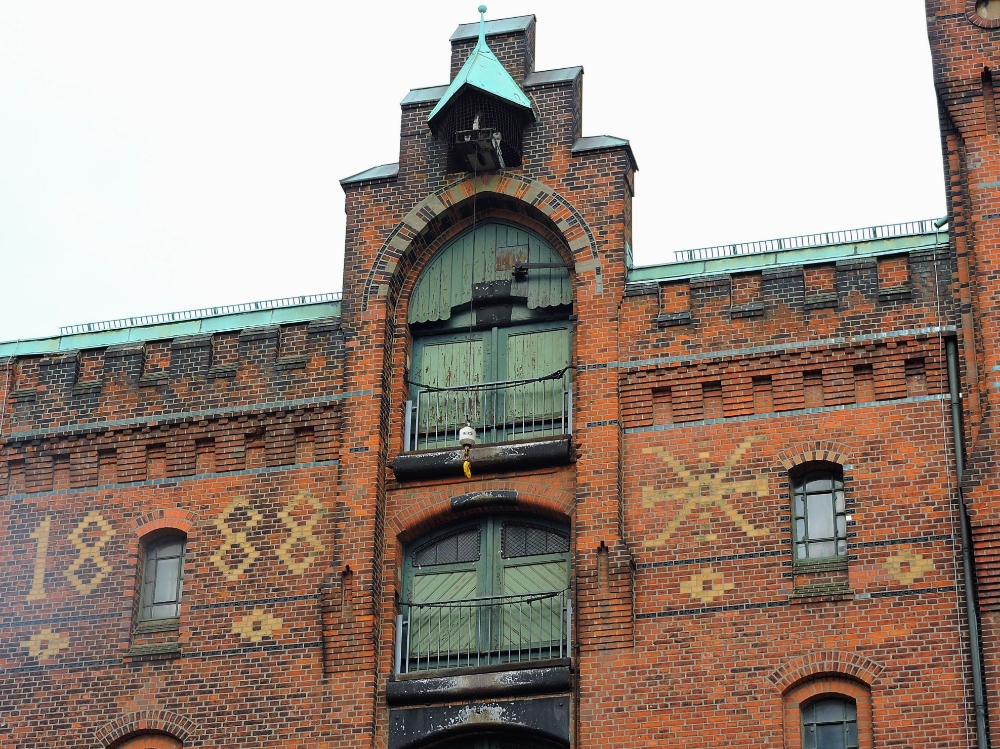
As someone who has been in quite a large number of modern container terminals, I was impressed by the visual similarity between those places and the Speicherstadt. The brick buildings of that zone are similar in height and length to the stacks of containers that are commonly found at the largest modern ports. While the container method can certainly pack cargo into a specific volume much more efficiently, the older brick warehouses definitely did so with more style. The second portion of the Site, the Kontorhaus district, seems to have been tacked on as a bit of an afterthought. That district contains several examples of twentieth-century brick expressionist
urban architecture. While they are relatively nice, as office buildings go, I didn’t really feel they were strongly connected to the rest of this Site.
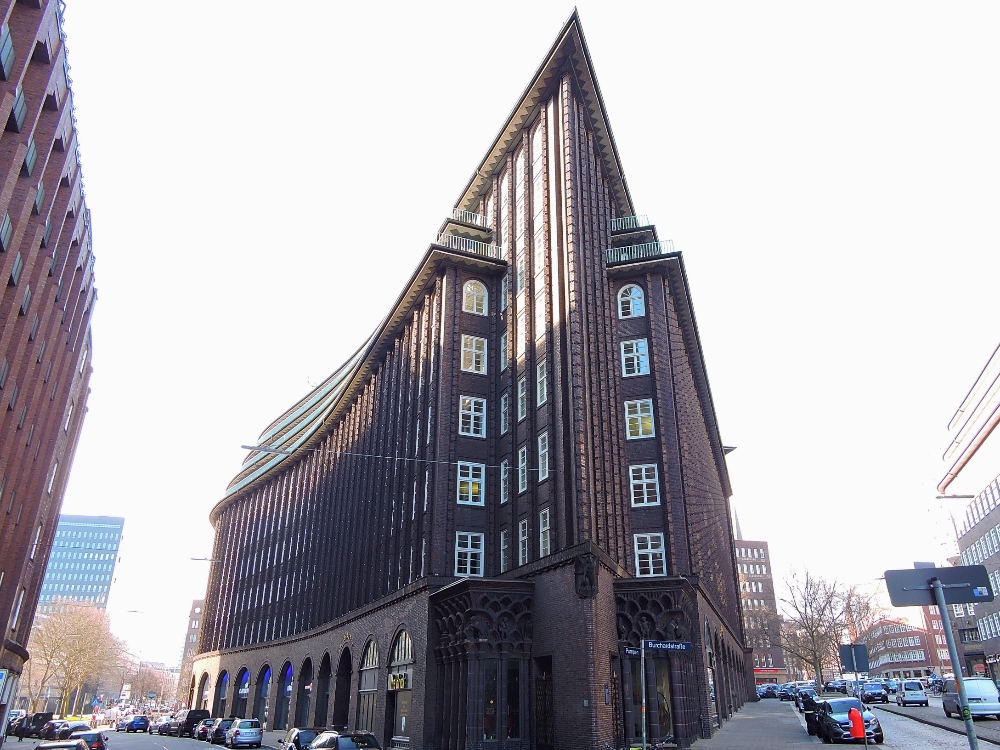
Not far away is the historic city of Lübeck, which was one of the major semi-independent cities along the Baltic and North Sea coasts that made up the Hanseatic League. That particular entity existed for around three hundred years, starting slightly before the year 1200, and was a rather unique form of political organization for that time and place. It consisted of numerous cities, each of which was based around one or more mercantile guilds, which loosely joined together for mutual trade and defense. Lübeck had, unfortunately, lost many of its historic buildings in the 1940s, so the remaining examples are typically surrounded by more modern structures. That does tend to make the remaining Brick Gothic designs stand out, however, a situation that is enhanced by that style’s use of glazed bricks as decorative elements. One other aspect that may be related to that type of construction, which can be seen on more than one building, is a noticeable leaning posture of some of the taller elements.
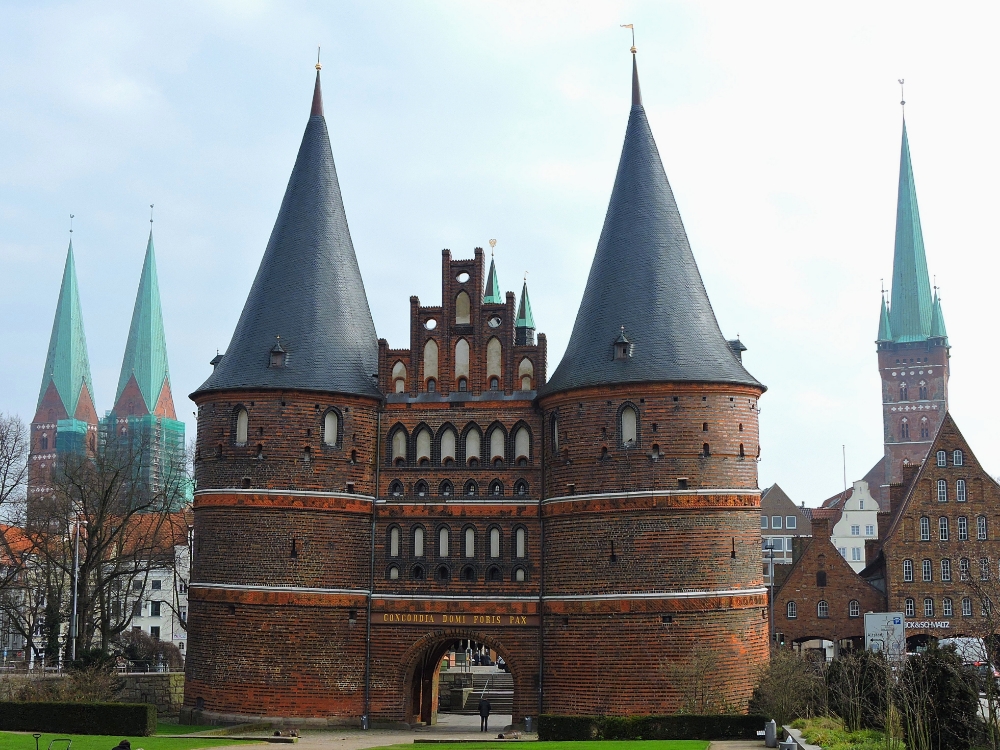
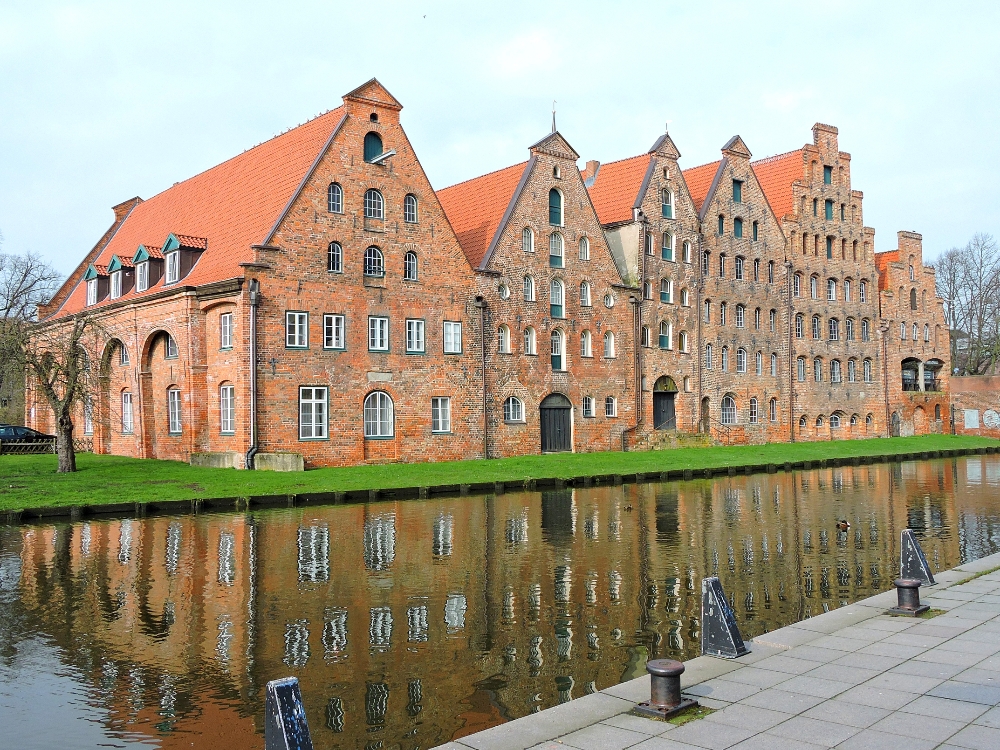
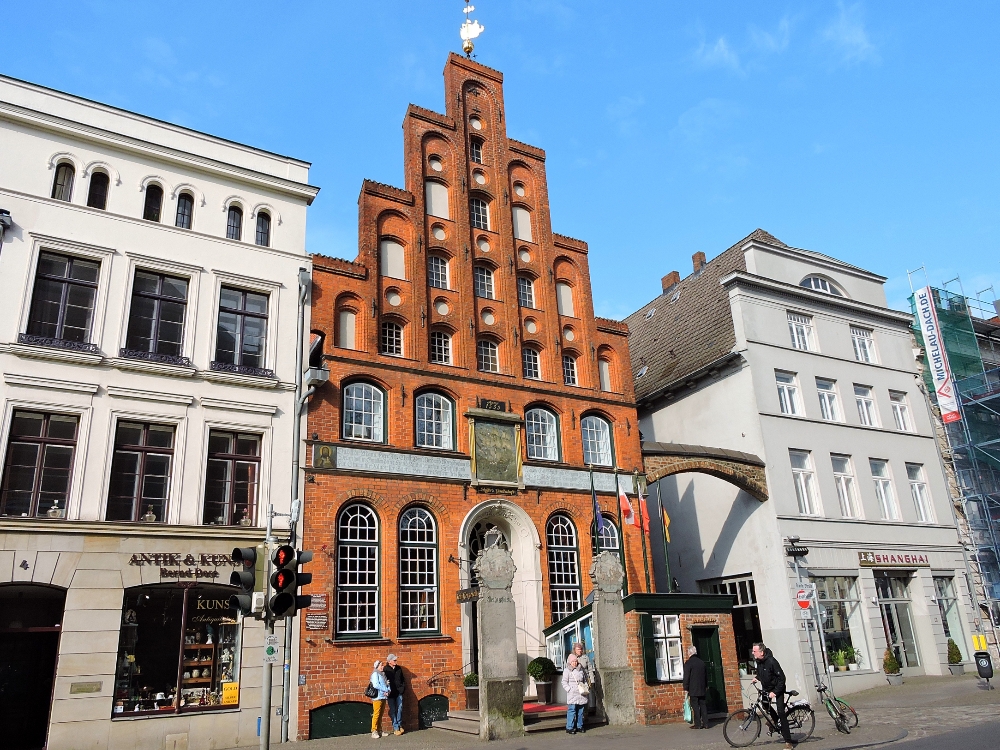
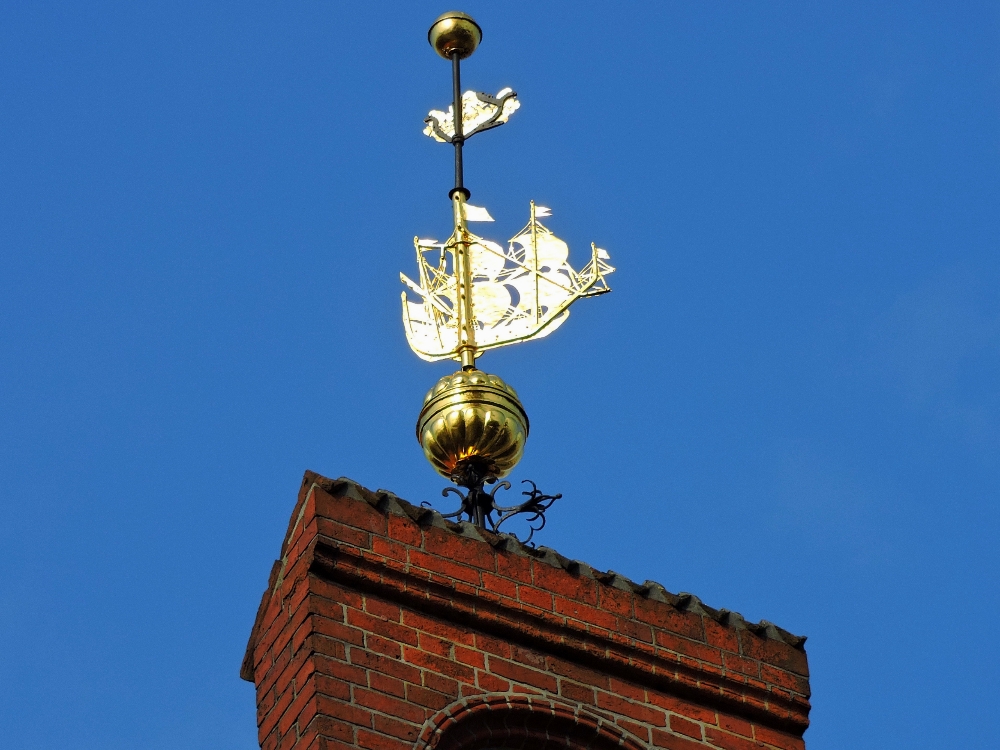
Finally, I visited one half of the Site that consists of the historic zones of the cities of Wismar and Straslund, specifically, the former. Both of those cities were also important in the Hanseatic League and, after that organization had faded, were later ruled by Sweden for a considerable length of time. Consequently, their historic zones contain both Brick Gothic buildings and those with a more Scandinavian feel. I probably enjoyed my stay in Wismar the most out of these three Sites, since its city center was calm, relaxed, and pleasant to stroll through.
